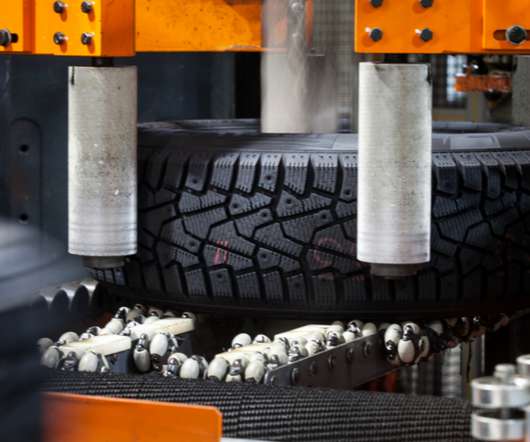Supply Chain Segmentation: One Size Doesn’t Fit All
BlueYonder
NOVEMBER 13, 2014
Last month JDA teamed up with IndustryWeek and Altera Corporation to present a Webcast on the topic of supply chain segmentation titled: One Size Doesn’t Fit All: Altera’s Supply Chain Segmentation Journey to Profitable Growth. Featured Manufacturing Supply Chain'






























Let's personalize your content